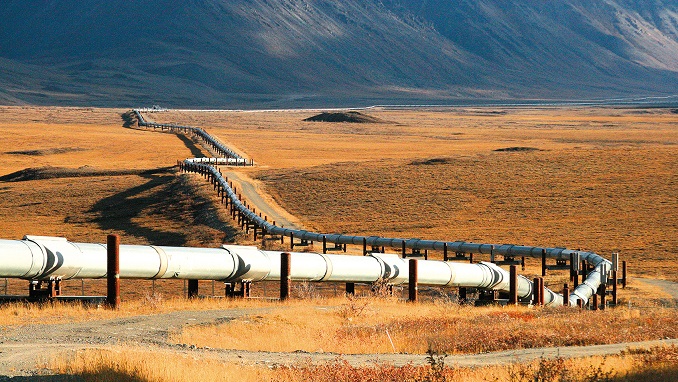The first phase of the game-changing, and sanctions skirting Goreh-Jask oil pipeline project will come on stream by the end of the current Iranian calendar year, RT reported.
With sanctions on Iran still in place following the US’s unilateral withdrawal from the Joint Comprehensive Plan of Action (JCPOA) in May 2018, Tehran has been relying on the tried-and-tested sanctions-busting measures to continue to export increasing volumes of crude oil, as exclusively revealed by OilPrice.com in August.
These measures include the re-labelling of Iranian oil into Iraqi oil on the border and at the shared oil reservoirs of the two allies, the use of international brokers to hide Iranian oil movements under the guise of other clients, ship-to-ship transfers of Iranian oil in the territorial waters of Malaysia, Indonesia, and China, and the amalgamation of Iranian oil in Iraq’s oil pipeline export routes.
Last week, though, it was confirmed by the Petroleum Engineering and Development Company (PEDEC) that the first phase of the game-changing Goreh-Jask oil pipeline project will come on stream by the end of the current Iranian calendar year (ending on 20 March, 2021).
Specifically, according to PEDEC’s Goreh-Jask pipeline project director, Ali Jafarzadeh, the testing of the pumping houses and the final terminal will begin within the next two months and end in early February. After that, the first phase of the pipeline’s operations will begin, with the capacity to transfer 350,000 barrels per day (bpd) of light, heavy, and ultra-heavy crude oil through the 1,100 km-long, 46 inch diameter pipeline that runs from the Goreh oil terminal in the north-west Bushehr Province to Mobarak Mount in the western Jask region along the Sea of Oman.
This will have involved the construction and deployment of 83 42-inch valves relating to the gate, control and emergency shut-off functions in the pipeline project, six smaller pipelines, five pump houses, three stations for receiving and sending pipeline pigs, 10 power stations, 400 kilometres of transmission lines, three single point moorings, subsea pipelines, and a stilling basin.
The initial focus of the oil-transfer chain across the Goreh-Jask pipeline will be the huge oil fields cluster in the West Karoun region, with the starting point of the transmission route in this first phase being the West Karoun pumping station, the middle point being the Omidieh pumping station, and the end stage being the Bahregan and Jask terminals.
After the initial testing of the first phase infrastructure has been done with 350,000 bpd transferred, the figure will be increased to a daily delivery capacity 460,000 bpd of heavy crude oil and 254,000 bpd of light crude oil to export terminals. Phase 2 will involve the transfer of more than one million barrels of crude oil to export terminals.
These amounts are perfectly realistic, as the West Karoun oil fields’ cluster alone comprises North and South Azadegan, North and South Yaran, and Yadavaran – plus some lesser fields – which together contain at least 67 billion barrels of oil in place.












